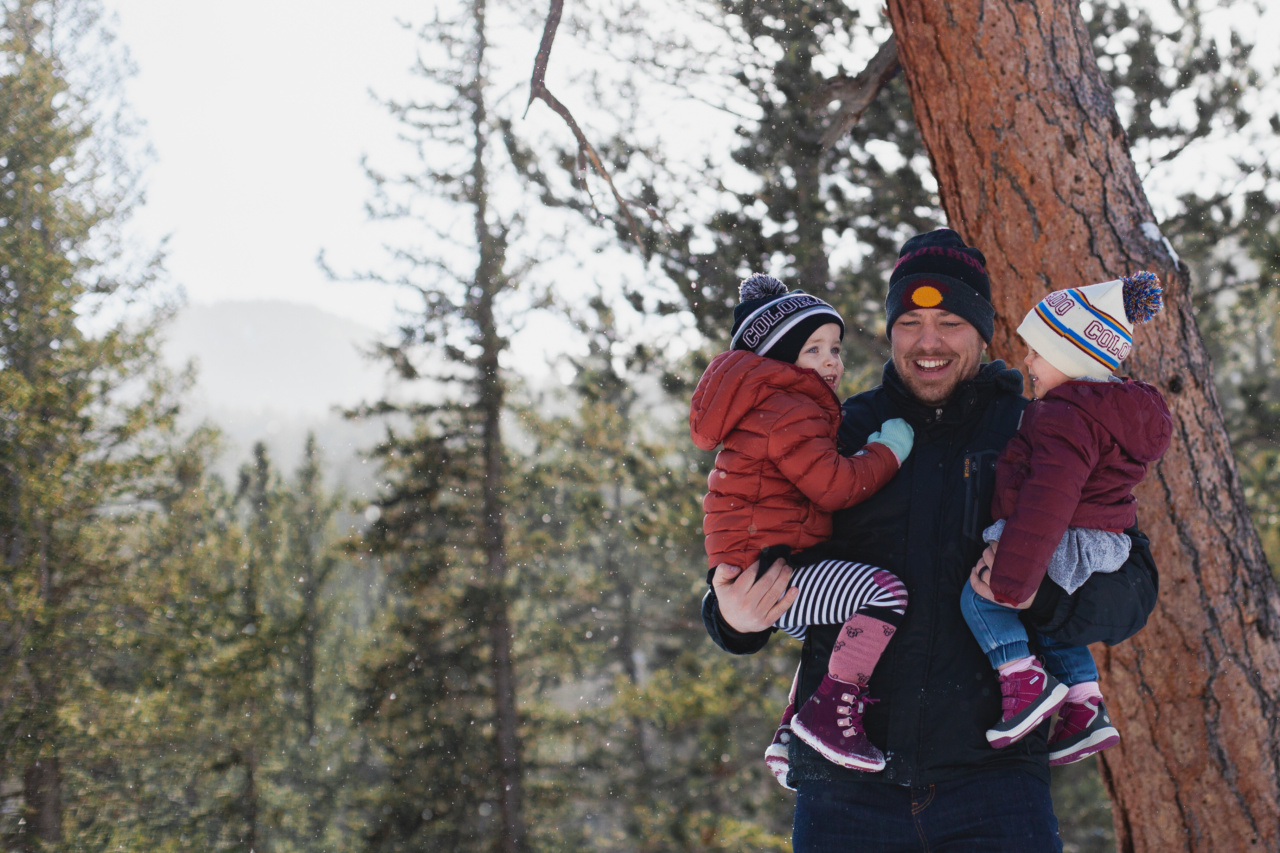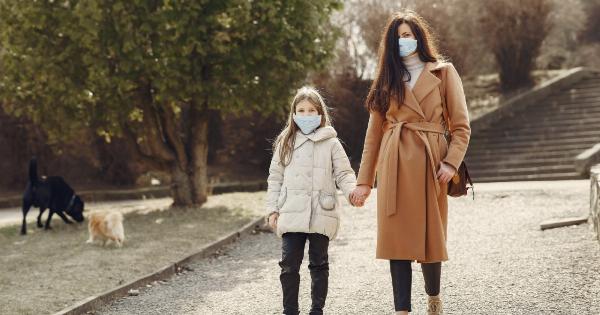Winter brings with it a unique set of challenges when it comes to keeping kids healthy. The cold weather, lack of sunlight, and close proximity with other children in schools and daycare centers create an environment ripe for the spread of illnesses.
Understanding the risks and taking precautions can significantly reduce the chances of your child falling ill during the winter months. In this article, we will explore ten key risks that children face during winter and discuss effective strategies to keep them healthy and safe.
1. Cold and Flu
Cold and flu are perhaps the most common illnesses kids experience during the winter season. The viruses that cause these ailments thrive in cold, dry air.
Children are more susceptible to catching colds and the flu due to their underdeveloped immune systems. Symptoms include coughing, sneezing, fever, sore throat, and body aches.
2. RSV (Respiratory Syncytial Virus)
RSV is a respiratory virus that primarily affects infants and young children. It spreads through droplets when an infected person coughs or sneezes.
RSV can cause mild, cold-like symptoms in older children, but can be severe in infants and those with compromised immune systems. Symptoms include stuffy or runny nose, cough, sore throat, and fever.
3. Asthma Attacks
For children with asthma, winter poses an increased risk of asthma attacks. Cold, dry air and spending more time indoors can trigger attacks.
It is important to keep asthma medication up to date and take preventive measures such as using a humidifier, avoiding exposure to cigarette smoke, and frequently washing bedding and stuffed animals to reduce allergen exposure.
4. Stomach Bugs
Gastroenteritis, commonly known as stomach flu, is caused by viruses and bacteria that thrive in close quarters and can spread rapidly among children in schools and daycare centers.
Symptoms include nausea, vomiting, diarrhea, stomach cramps, and low-grade fever. Proper hand hygiene and disinfection of surfaces are crucial in preventing the spread of stomach bugs.
5. Seasonal Allergies
While most associate allergies with spring, some children experience seasonal allergies during winter as well. Indoor allergens like dust mites, pet dander, and mold can trigger allergic reactions.
Symptoms may include sneezing, runny or stuffy nose, itchy eyes, and wheezing. Maintaining a clean and allergen-free environment is essential to minimize allergic reactions.
6. Hypothermia
Exposure to extremely cold temperatures can lead to hypothermia in children. Hypothermia occurs when the body loses heat faster than it can produce, resulting in dangerously low body temperatures.
Symptoms include shivering, confusion, drowsiness, slurred speech, and weak pulse. Dressing children in layers, providing warm fluids, and avoiding prolonged exposure to cold weather can help prevent hypothermia.
7. Frostbite
Frostbite is another danger associated with cold weather. When skin and underlying tissues freeze, it can result in long-lasting damage. Commonly exposed body parts such as fingers, toes, ears, and nose are most susceptible to frostbite.
Avoiding prolonged exposure to cold, wearing appropriate clothing, and keeping extremities warm can help prevent frostbite.
8. Dehydration
Children may not feel as thirsty during winter, leading to inadequate fluid intake and dehydration. Indoor heating systems and layers of clothing can increase sweating, further depleting the body’s water reserves.
Encouraging regular fluid intake and providing warm beverages like herbal tea can ensure children stay hydrated during winter.
9. Lack of Vitamin D
Winter brings shorter days and limited sunlight exposure. This can lead to a deficiency of vitamin D, which plays a crucial role in bone health and the immune system.
Low vitamin D levels can increase the risk of respiratory infections and weakened immune function. Outdoor activities, vitamin D-rich foods, and supplements can help maintain optimal vitamin D levels.
10. Depression and Seasonal Affective Disorder (SAD)
The lack of sunlight during winter months can also affect children’s mental health. Seasonal Affective Disorder (SAD) is a type of depression that typically occurs seasonally, mainly during winter.
Symptoms include persistent sadness, fatigue, difficulty concentrating, and changes in appetite and sleep patterns. Ensuring exposure to natural light, regular exercise, and open communication can help combat the winter blues.
Conclusion
Winter poses various risks to the health and wellbeing of children. Understanding these risks and taking appropriate preventative measures can significantly reduce the chances of sickness.
By promoting good hygiene practices, maintaining a clean and allergen-free environment, and ensuring adequate nutrition and hydration, parents can help keep their children healthy during the winter months.




























